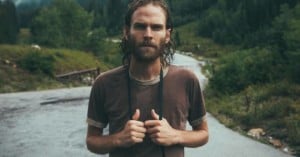
Photographer Ryan Muirhead Talks Depression, Creativity, and What It Means to Be Human
Ryan Muirhead by B3njamin Photography There’s no way of knowing when you’ll wake up …

Ryan Muirhead by B3njamin Photography There’s no way of knowing when you’ll wake up …
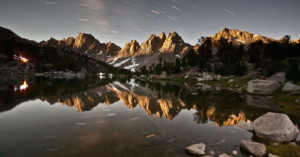
For the purposes of this question, I'm going to assume that "truly transparent" means that air and its constituents are no longer able to absorb and re-radiate incident radiation, which in visible light seems to be our definition of transparency. To make things much more fun, let's make this true over all wavelengths.
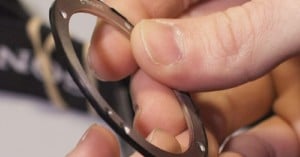
Anti-Massacree — A humorous anti-war movement from the 1960s, suggested in the Arlo Guthrie …
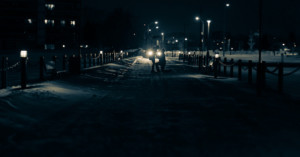
When a lot of the really big life moments are happening, we’re often too busy living them to find a way to document them for later. Who wants to be fumbling with a camera when you’re trying to say something important? But maybe there is an option that lets you capture the precious moments without having to worry about manning your camera at the same time...
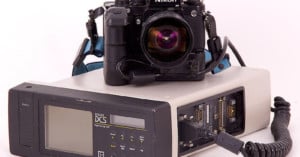
This is a long article, meant to be read at your leisure.
You better start swimmin’ or you’ll sink like a stone
For the times they are a-changin’. -Bob Dylan
Technology changes tend to be of two types: incremental improvements or disruptive innovations. Incremental improvements allow one manufacturer to take market share from another and give fanboys fuel for internet forums. Disruptive innovations may create a million new customers. Or make a million potential customers leave for some new hobby or way of doing things.
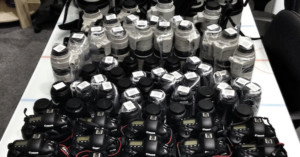
In the picture above, taken on January 30th 2014, you see more than 315,000 Euro worth of Canon camera …

The first time that I had worked with Disney ABC TV as their official stills photographer was a couple years back when they came to Japan to film for the reality show I Survived a Japanese Game Show. It was a super big production and I'm grateful I got to be a part of that. Although the working hours were somewhere between 12-14+ moving around on foot each day, I couldn’t complain because the entire crew were all fun to work with.
As with lots of the non-news related picture work that I do, it’s typical that I can’t post any pictures up due to contract reasons (or until the story runs) even though the Internet makes it so tempting with just four clicks of a button. One of the assignments that I’m allowed to finally take out of the bag (now that the show is broadcasted) and share with all of you is when Disney ABC TV put me on the plane bound for Seoul, South Korea to shoot all the stills for the filming of The Bachelor Season 18 Episode 4. Although I couldn’t fly first class, they did put me up in a nice little room towards the top at the Millennium Seoul Hilton Hotel, which I was more than fine with. Thanks again Disney and ABC.
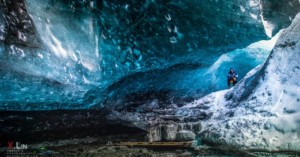
If there is only one way for me to describe Iceland, it would be “Monumental Scale Shock”. The country really borders on the extreme. The entire country’s population of 320,137 (as of 2012) is less than one half of Boston’s and two-thirds of everyone lives in the capital, Reykjavik. It's north of NYC by almost all of Canada, but it is warmer by about ten degrees in the winter. And 85% of the country is on renewable energy (Volcanic and Water) as compared to the 13.2% for the US.
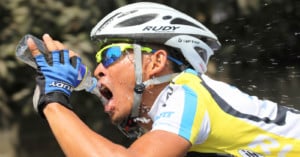
Life as a race photographer can be a tough and risky one. Add in a little eastern spice and it has a whole different taste. Steve Thomas takes us on a back seat ride through the pelotons of Asia.
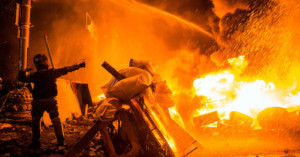
In the last days I received multiple requests to translate my posts for foreign readers, as they have very limited information about the happenings in Ukraine. This material describes events which took place in Kiev on January 22nd and 23rd.
Sharing and distribution is appreciated.
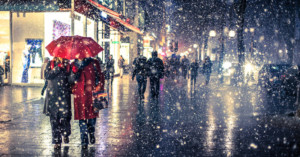
Just over a year ago, photography was my most precious hobby. I really enjoyed it and took photos fairly often, but I felt that if I wanted to take this thing to the next level, I had to do something extraordinary. A couple of days before New Year's Eve I decided to start a "365 days 365 photos" project like so many other photographers before me. It felt like a great idea, and so I just went for it. What could possibly happen?
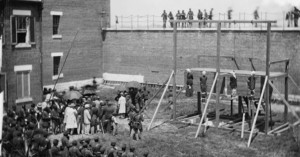
A big thank you to Mosaic for sending us this article! We hope you enjoy this amazing story!
One day in the spring of 1975, my phone rang, and that call led me on an incredible journey. The call was from my brother, who was starting his career as an art researcher and historian. He specializes on forgotten or overlooked American artists.
“Do you remember me telling you about the research I am doing on Alfred Waud, the Civil War artist”, he says, “well, I have tracked down his present day descendants living in Vermont. I visited them the other day and you won’t believe what I found. I need your expertise. We need to go back to Vermont right away. I’m not going say more. You’ll see for yourself.”
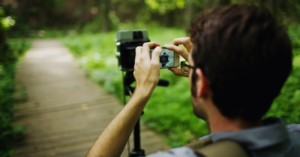
Hello photographer, the report of my death was an exaggeration.
Yours,
Camera
The latest ad from Apple about the usefulness of their iPads got me thinking, for whatever reason, about cameras, photography, and articles that pop up from time to time to declare ambitious statements about photography.

A few months back I got to see the mighty, ever-reigning dinosaur kings of rock, the Rolling Stones. I had a general admission ticket and a small pocket camera, and arrived many hours early so as to worm my way clear up to the front.

A Little Background...
I am a 23-year-old photographer who moved to Chicago from Nigeria 6 years ago. I started photography about 3 years ago. After playing around with a DSLR in Target, I was hooked. I shoot mostly fashion photography, and female models. I have shot full frame since late 2011 with the 5D Mk2, then the D800 since November 2012.
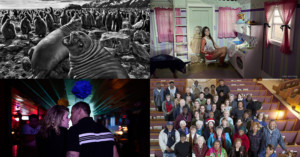
It’s that time of the year when we all take a moment to reflect back on the major events that will forever be remembered, the trends that changed our zeitgeist, and the pop culture phenomena that will soon be forgotten.
For the photo industry, this was the year that the word “selfie” was coined Webster’s Dictionary’s word of the year. In such a context and with so much of the conversation focused on the mobile photo taking frenzy, it almost started to get a little too easy to overlook the stories out there that, if not for the photograph, would not have been told nor raised in our collective social consciousness.
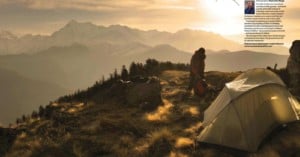
Here is a good example why it is so important to work the scene to get the best results from …
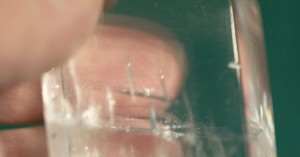
It’s not motion blur, it’s Iceland spar! Every year, I can’t think of anything I want for Christmas. So this …
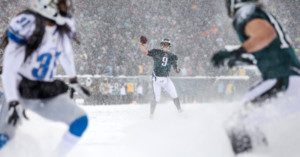
On Sunday I covered what was easily the hardest football game I’ve ever been asked to shoot. In turn it was the most fun I’ve ever had on an assignment.
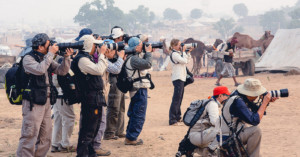
Take a deep breath. Picture it in your mind. The world’s largest gathering of camels. Taking place at a tiny Rajasthani town filled with temples, narrow streets and a picturesque lake. Men in brightly coloured turbans as far as the eye can see. Enough dust and sand to make your nostril hairs work overtime. And hundreds of photographers in every nook and cranny, taking thousands of photographs of this annual event.
My experience at the Pushkar Mela earlier this month was definitely unexpected. In all honesty, I guess I should have known better. I went there with the expectation to capture a town lost in time, an event that would bring back memories of the old days gone by and boy, how wrong I was. The Mela turned out to be a hunting ground for photographers from all over the world.
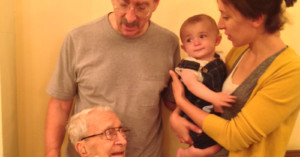
I’m not going to say that we flew down to Florida to get a picture, because we didn’t. We flew down to Florida to see my grandfather, who is 94-years-old and my son’s only living great-grandparent. All my own great-grandparents passed away long before I was born, as did my husband’s great-grandparents.
So I’m not saying that we flew down to Florida to take a picture, but I’m admitting we wanted one. A photograph of four generations, all alive at the same time. Proof that it had happened. Me, my son, my father, and his father.
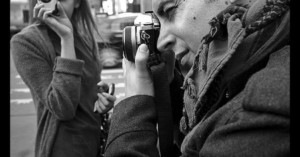
One commonly asked (and commonly mis-answered) question on the Internet these days is around the definition of what constitutes a ‘professional photographer.’ The usual definition is that it is somebody who is shooting for pay, and deriving the majority of his or her income entirely from photography or photography related activities. I suppose in the strictest sense of the definition, that is true. However, it says nothing about professional conduct or skill.
What I’m going to attempt to do in this article is express my own views on what I believe constitutes professional behavior in photography. It is important to note, however, that this is a very personal opinion, although it is shared by many of my colleagues in all areas of the industry -- both primary providers of photographic imaging, as well as supporting services and videography/cinematography.
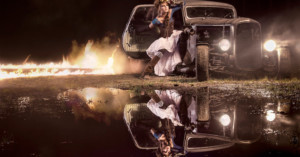
A while ago, we read an article about how gear doesn’t matter on PetaPixel, while at the same time planning a shoot that would involve a Hot Rod. Inspired by the post, we said, "Let’s do it with a Canon 550D and a cheap lens instead of the Nikon D800," because we really believe that all the latest cameras are quite good, and gear doesn't always matter anyway.

It’s not uncommon to hear someone say that they were haunted by an image, often an old photograph. It is a figurative and evocative expression. To say that an image is haunting is to say that the image has lodged itself in the mind like a ghost might stubbornly take up residence in a house, or that it has somehow gotten a hold of the imagination and in the imagination lives on as a spectral after-image.

In my last article, I wrote about the fact that every copy of a given lens has …
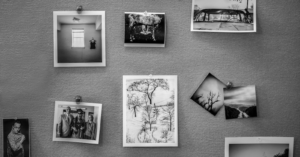
I grew up in a sleepy New England colonial town turned commuter-suburb. The town's rich history as one of the first settled towns of the “new world” and later, a major stop on the Underground Railroad, makes it a verdant setting for historic homes and appreciators of historic rarities. George Washington once referred to my birthplace as "the village of pretty houses."
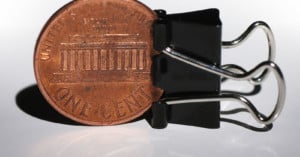
What if I told that you could get wedding photos at a fraction of the cost that professionals will charge you, would you be interested in that? I bet you would because there are a heck of a lot of people out there that think wedding photographers are way too expensive, charging you thousands of dollars just for a few pictures.
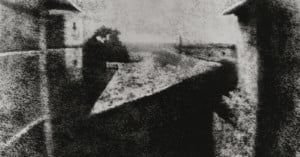
It has been over half a century since Swiss photo historian Helmut Gernsheim donated the world’s earliest permanent photograph* to the University of Texas for public display in 1963. This article is a look at the story behind Nicéphore Niépce's View from the Window at Le Gras, the world's oldest known photograph captured with a camera.
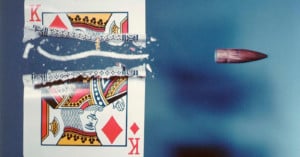
“Ya wanna see Edgerton’s lab?”
Now, asking a photographer if he would like to see the workspace of the guy who made all those iconic stop-action images of impossibly fast-moving objects was like asking a short-order cook if he’d like to see where they invented the ham and cheese omelet.
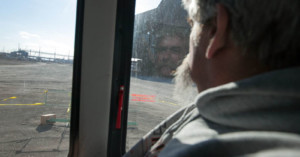
“Don’t forget, Eric: there is a story in your backyard.” This is the advice David Alan Harvey gave me while reviewing my portfolio of travel images during a 2011 Magnum Photos Workshop I attended in Toronto.